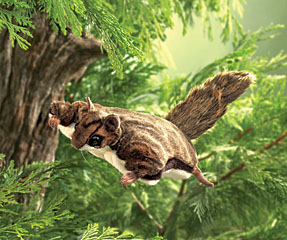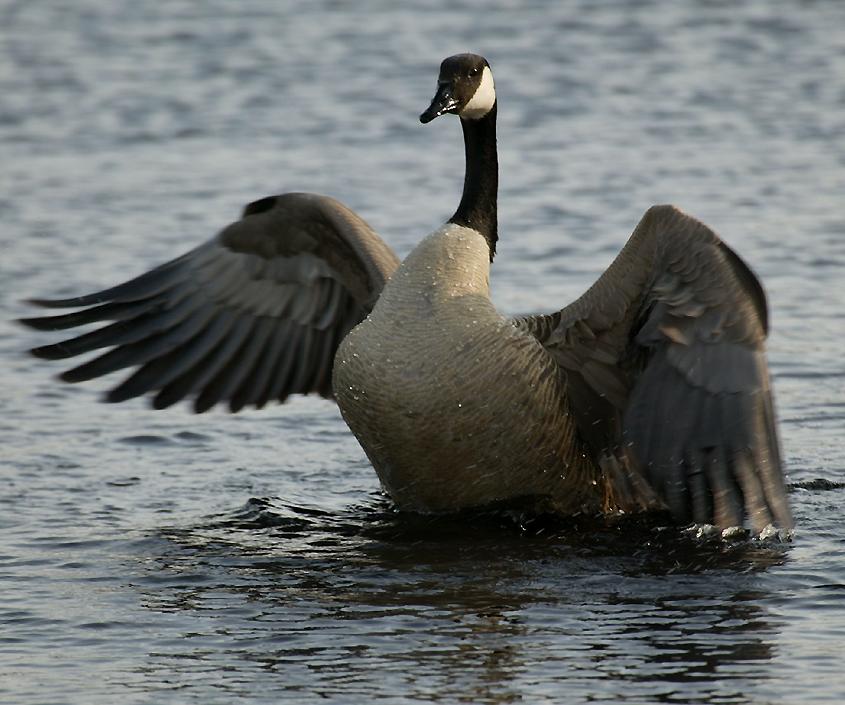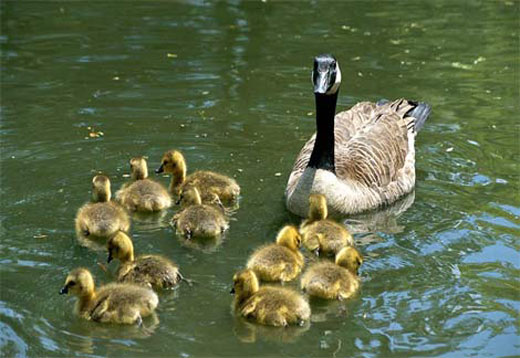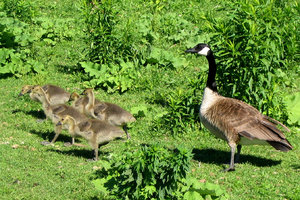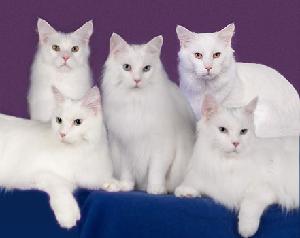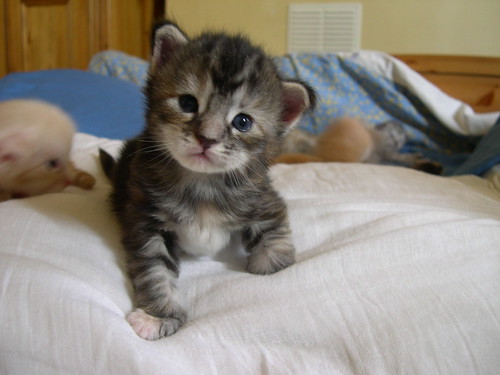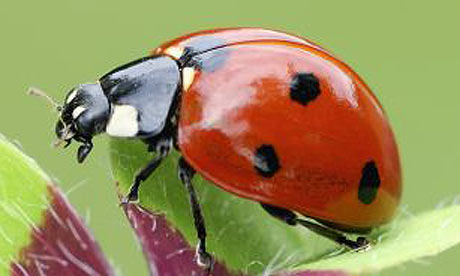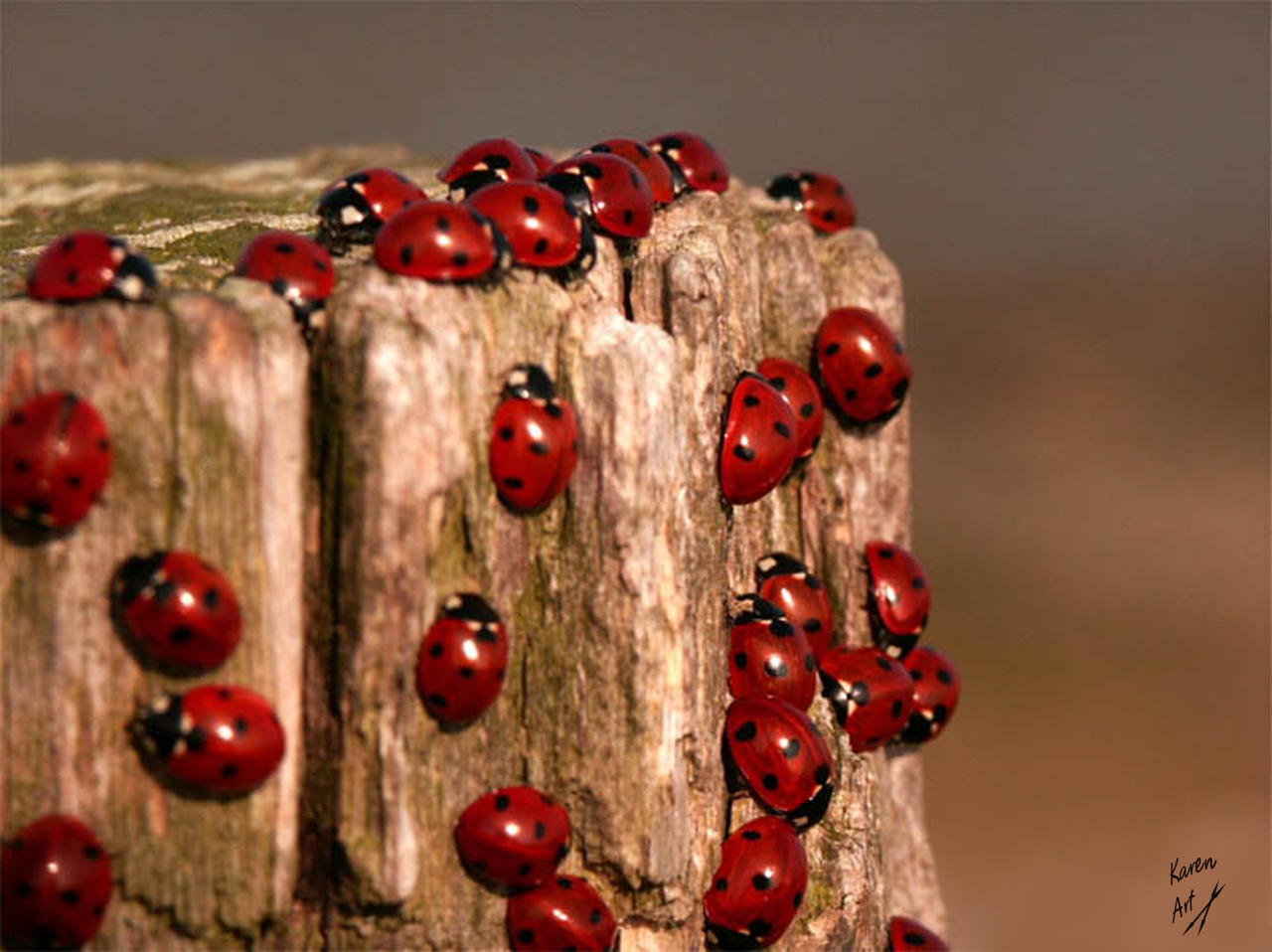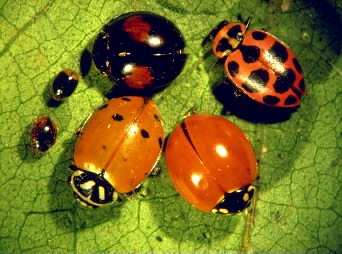Information provided in early books on the German Shepherd Dogmake mention of Greif and other white German herding dogs, with upright ears and a general body description that resembles modern German Shepherd Dogs, shown in Europe as early as 1882. The early 20th century German Shepherd breeding program extensively line bred and inbred "color coat" dogs that carried Greif's recessive gene for "white coats" to refine and expand the population of early German Shepherd Dogs. White coats were made a disqualification in the German Shepherd Dog Club of Germany breed standard in 1933 after the breed club came under the control of the German Nazi party that took over all aspects of German society in February 1933 when Hitler declared a state of emergency. The German breed standard remained unchanged as German breeders repopulated the breed in the years after the conclusion of WWII.
During the 1970s, white dog fanciers in the United States and Canada formed their own "White German Shepherd" breed clubs, breeding and showing their dogs at small specialty dog shows throughout North America.In 1959 the German Shepherd Dog Club of America (GSDCA) adopted the exclusively colored breed standard of the parent German breed club. White-coated German Shepherd Dogs were officially barred from competition in the American Kennel Club conformation ring in the United States starting in 1968. AKC-registered white German Shepherd Dogs may still compete in performance events.
The White Shepherd Club of Canada (WSCC) has been dedicated to the promotion and preservation of the White Shepherd since 1971. Originally formed as a Chapter of the White German Shepherd Dog Club of America, the club was renamed White Shepherd Club of Canada in 1973. Its first conformation show was held that year with 8 dogs entered and 25 people in attendance.
In Canada, the Canadian Kennel Club (CKC) is incorporated under the Animal Pedigree Act, a federal statute under the auspices of the Ministry of Agriculture, which is the governing body that sets down recognition and standards for all pure animal breeds. For a long time, Agriculture Canada had protected white German Shepherds from the many attempts by the German Shepherd Dog Club of Canada to have white dogs disqualified from the CKC conformation ring, as had long been the case in the USA. Some brave members of WSCC had shown in the CKC breed rings and had even accumulated points toward their dogs' CKC Championships. Unfortunately, that would all change in 1998, when the color white was officially disqualified from the CKC German Shepherd breed standard.
Disappointed but undeterred, the WSCC continues to work toward full breed recognition of the White Shepherd as a separate breed with the CKC. The club hosts shows several times a year, often in combination with the American White Shepherd Association. Event dates and locations are published in the club's newsletter and on its web site.
In September 1995, a small group of fanciers of the white-coated German Shepherd Dog established the American White Shepherd Association (AWSA), a new club to advance, promote and protect the White Shepherd breed in the United States. In cooperation with the White Shepherd Club of Canada, AWSA wrote and published a new breed standard, and eventually petitioned the American Kennel Club for full recognition as a unique pure breed, separate from and independent of the German Shepherd Dog. As of this writing, AKC has not granted recognition or registration for the White Shepherd breed, but the breeders, fanciers and members of AWSA carry on with independently-held club activities as well as running and maintaining the private club registry. AWSA continues to negotiate with the AKC for breed recognition as well as with the German Shepherd Dog Club of America (GSDCA) for breed separation. Until such time as GSDCA can be persuaded to grant official release of the white dogs, AKC must continue to register all white German Shepherd Dogs born from two AKC-registered German Shepherd parents as German Shepherd Dogs.
The White Shepherd is a direct descendant of the German Shepherd Dog and the two breeds share common roots and are similar in appearance. However, the White Shepherd evolved from a continuous selection for a working companion dog with that exclusive color, beauty and elegance as seen both standing and in motion. His high degree of intelligence and sense of loyalty have allowed him to become one of the most versatile working dogs (as well as pets) known to man.
The White Shepherd, as recognized by UKC, is a medium-sized, well-balanced, muscular dog, slightly longer than tall, with a medium length, pure white coat, erect ears, and a low-set natural tail that normally reaches to the hock and is carried in a slight curve like a saber. The White Shepherd is solid without bulkiness and should be shown in lean, hard physical condition. The outline of the White Shepherd is made up of smooth curves rather than angles. When trotting, the White Shepherd moves with a long, efficient stride that is driven by a powerful forward thrust from the hindquarters. The rear leg, moving forward, swings under the foreleg and touches down in the place where the forefoot left an imprint. Gender differences are readily apparent.
 The White Shepherd should be evaluated as an all-around working dog, and exaggerations or faults should be penalized in proportion to how much they deviate from breed type; and how much they interfere with the dog's ability to work.
The White Shepherd should be evaluated as an all-around working dog, and exaggerations or faults should be penalized in proportion to how much they deviate from breed type; and how much they interfere with the dog's ability to work.The head is proportional to the size of the dog. Males appear masculine without coarseness, and females feminine without being overly fine. The skull and muzzle are of equal length, parallel to one another, and joined at a moderate stop. There is little or no median furrow.
It is a disqualification for dogs to have noses not predominantly black.
The White Shepherd has a weather-resistant double coat. The outer coat is dense, straight, harsh, and close lying. The undercoat is short, thick, and fine in texture. At the neck, the coat may be slightly longer and heavier, particularly in males. Ideal coat color is a pure white. Colors ranging from a very light cream to a light biscuit tan are acceptable but not preferred.
The tail is set on low in a natural extension of the sloping croup. The tail extends at least to the hock joint and usually below.
The appearance standard for United Kennel Club registered dogs is very similar to but not exactly the same as for other separate breed lines such as the AWSA-registered White Shepherd or the FCI internationally recognized Berger Blanc Suisse (White Swiss Shepherd Dog). While all of the existing breed lines have a common genetic heritage with the white-coated members of the German Shepherd Dog breed, they are each separately registered with their respective clubs or registries which also maintain the individual breed appearance standards.
The White Shepherd has a distinct personality marked by self-confidence. The breed is poised, but when the situation demands, it is eager, alert and ready to serve in any capacity. White Shepherds demonstrate both herding and protective instincts. With those he knows, the White Shepherd is open and friendly. With strangers, he is observant and may be somewhat aloof but not apprehensive. Timidity in a mature dog or aggressive behavior is not typical of this breed and should be severely penalized. They enjoy running, playing fetch or any activity with their human family. This is a joyful, active, intelligent and easy to train working dog with the ability to adapt and integrate to all kinds of social events and situations.
 |
| THEY ARE LOYAL AND ALWAYS IN ALERT. |
White Shepherds are very loyal and tend to be especially protective of the young of various species. With their playful and curious personalities, they make wonderful companions although some do have the tendency toward being quite vocal by exhibiting whining, grunting, and moaning.
The White Shepherd can compete in dog agility trials, obedience, Rally obedience, Schutzhund, showmanship, flyball, tracking, and herding events. Herding instincts and trainability can be measured at noncompetitive herding tests. White Shepherds that exhibit basic herding instincts can be trained to compete in herding trials.However, comparative analysis of the dog genome and specific breed DNA sequences now shows that Little's hypothesized gene (C) color dilution explanation for cream and white colored coats is most likely not a relevant determinant of cream and white coats known to commonly occur in many dog breeds. Little's 1957-era partial albinism dilution explanation, as applied to explain domestic dog white and cream coat colors, can be replaced by the findings of modern genetic research. |
| WHITE SHEPARD PERFORMING DOG AGILITY. |
 |
| SEE THE LOVE THROUGH IT'S PUP.SO NICE! |
Research has shown that a recessive e allele at the Extension (E) gene is at least partially responsible for cream and white coat color. The (E) gene, now identified as the Melanocortin 1 receptor (MC1R) gene, is one of the two genes known to code for alleles that are absolutely fundamental to the formation of all German Shepherd Dog colored coat variations. When the recessive allele is inherited from each breeding pair parent, the e/e genotype offspring of certain breeds, including white coat dogs from German Shepherd breed lines, always have cream or white colored coats.
White Shepherds were once blamed for color dilution or paling for the entire breed because the recessive e allele of the MC1R (E) gene locus masks expression of alleles at other gene loci that actually do code for lighter (often termed as diluted or pale) colors of silver, black and tan or liver. German breeders of the 1920s and 1930s misinterpreted pale-colored offspring of white dogs as an undesirable "white" genetic trait. A homozygous dog of normal color paired with a white GSD always produces full colored puppies because the e allele is recessive.
